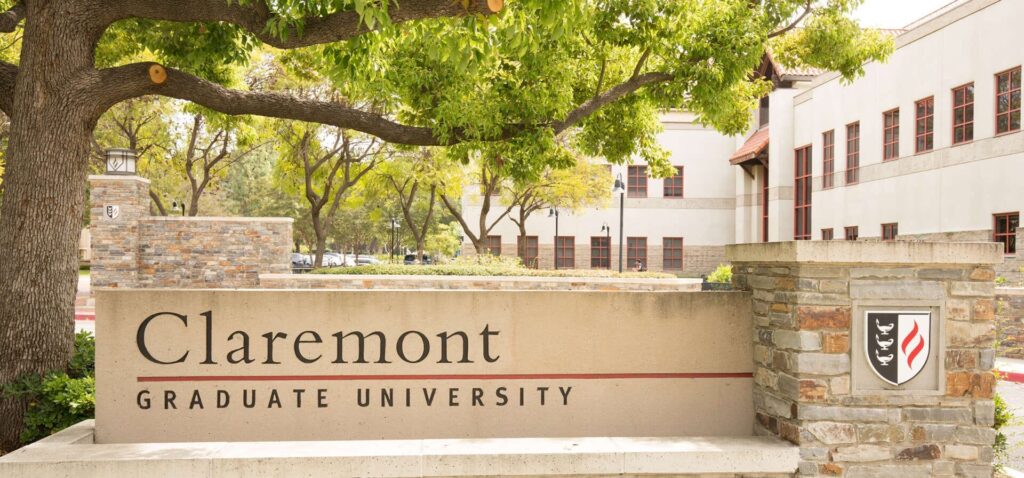Plans for The Commons unanimously rejected by architectural commission
by Rebecca Norden-Bright | intern@claremont-courier.com
The Claremont Architectural Commission voted unanimously on Wednesday to reject the design of the development known as the Commons, located on the northwest corner of Foothill Boulevard and Monte Vista Avenue.
Commissioners denied the proposal on the grounds that it was inconsistent with four specific criteria laid out in Claremont’s zoning section of the municipal code: general plan consistency, compatibility of form with surrounding development, internal consistency of design and environmental protections.
The decision is conditional, however, until the city council takes official action to either approve or deny the environmental impact report (EIR), the specific plan, the zone change, the general plan amendment and the tentative tract map.
The development, which would allow for the construction of a combination of single-family homes, townhomes, flats and retail space, has been a source of widespread controversy and discontent. Many members of the community have expressed health and safety concerns about the development’s proximity to Cable Airport, especially due to the risk of plane crashes, toxic exhaust and high noise levels, and which would also necessitate including a 150-foot-wide avigation easement stretching across the site.
The commission at first seemed open to the possibility of approving the project, especially since the architects hired by the developer, KTGY Architecture + Planning, has made several changes to the site plan since the proposal was first presented to the commission in 2014. Some of these changes include increased density, the provision of affordable housing units on-site and the addition of solar panels to roofs.
But public comment was overwhelmingly negative. Drew Ready, who sits on the board of Sustainable Claremont, noted that public safety was the primary concern and should take precedence over discussion of the development’s specific architectural features.
“Can we really comfortably approve design details without addressing public safety and appropriate land use first?” Mr. Ready asked.
Many members of the public expressed concern about the development of the land in general, citing the need to preserve natural space, while others argued that the site’s zoning should be kept commercial in order to generate sales tax revenue for Claremont.
The commission agreed that public safety was a major concern about the development, and many members cited unease with approving specific design elements while not addressing the most important components.
“I have serious reservations about various aspects of this project,” said Commissioner Robert Perry. “The areas that we can comment on, regarding the landscape, schematic drawings and the architecture are too narrowly focused and avoid the most critical parts of the project.”
The chair of the commission, Mark Schoeman, who is an architect, agreed but also raised concerns about the project design. He noted that the mixed-use buildings would be four stories tall and would not blend with the surrounding area.
“This can be a model example of housing in the 21st century, and it’s really not, I’m sorry to say,” said Mr. Schoeman.
The commission voted 5-0; Waen Messner recused herself due to conflict of interest, and Commissioner Frank Perry was absent from the meeting so did not vote.
Mr. Schoeman also expressed frustration at the role expected of the architectural commission, saying that they didn’t have all the information to make a decision, and that real policy choices should be left to the city council.










0 Comments